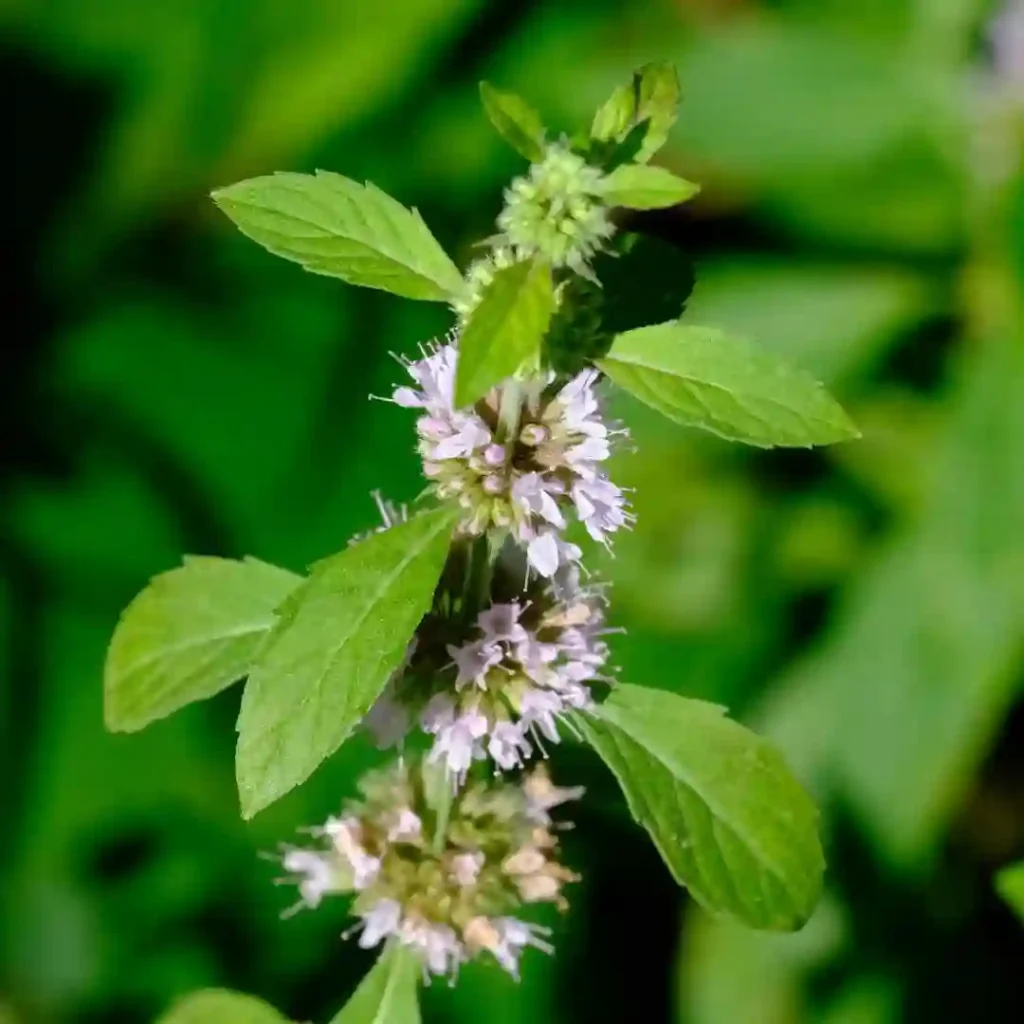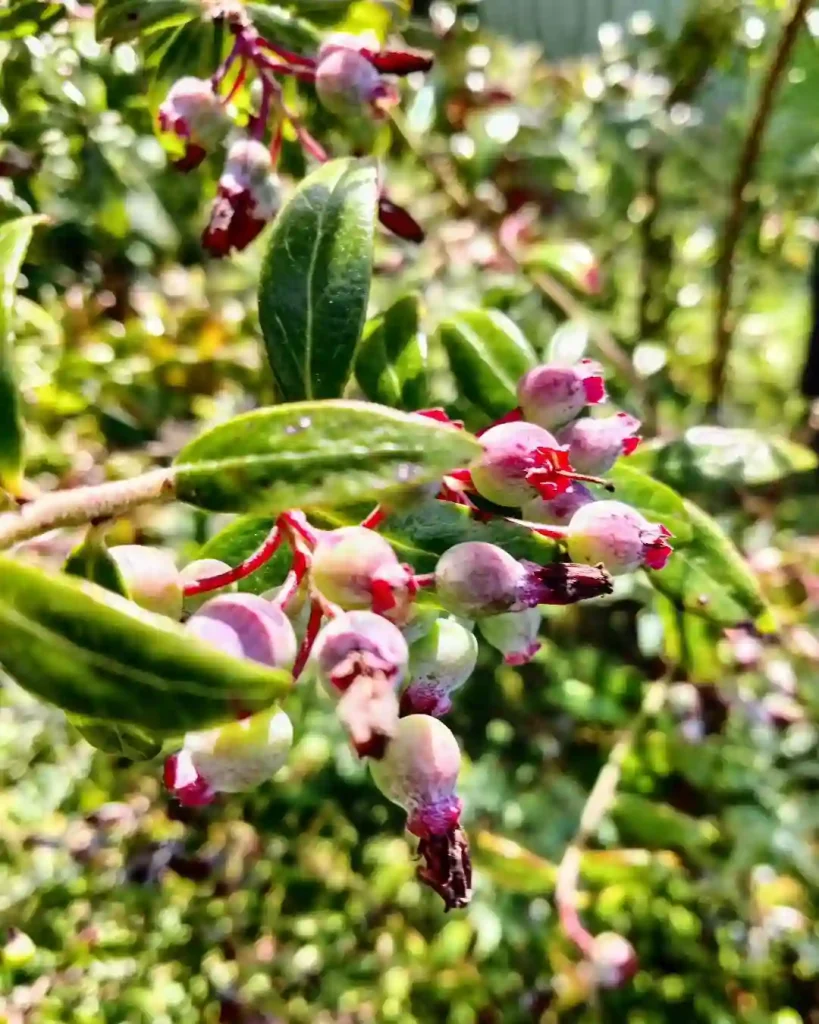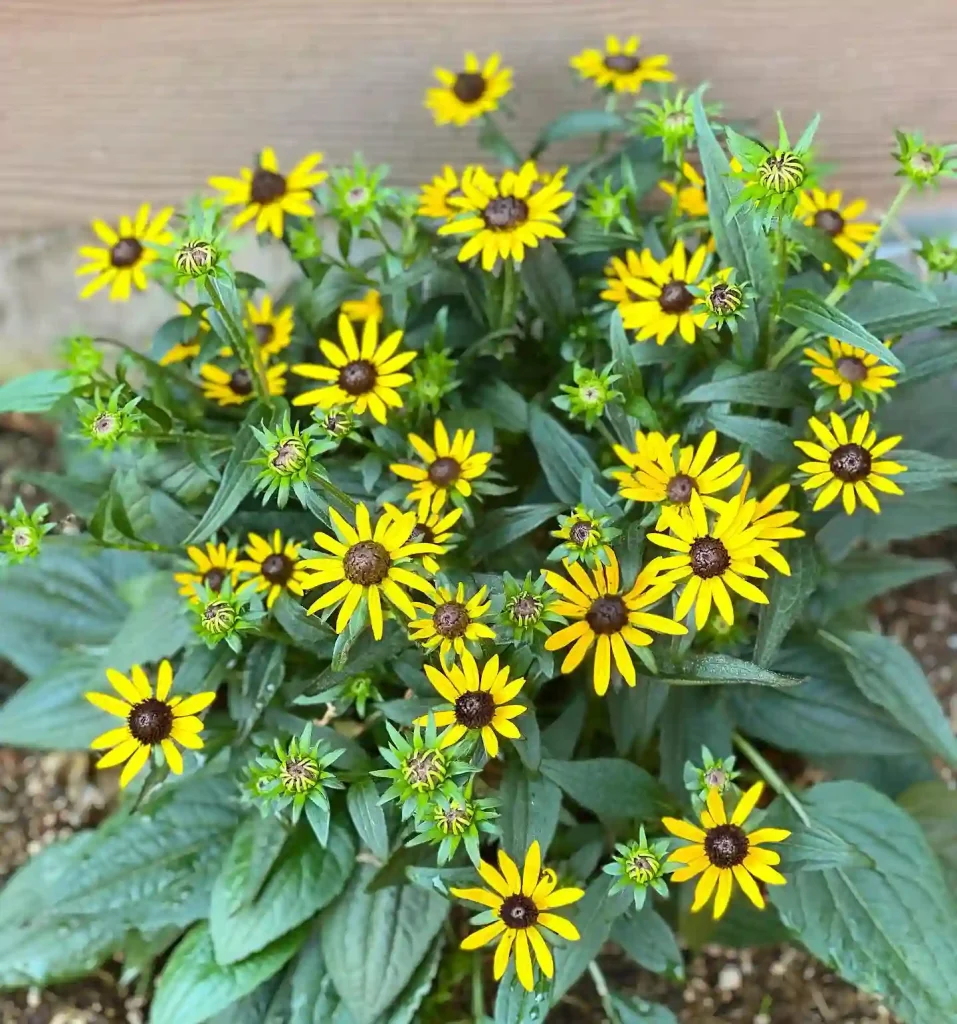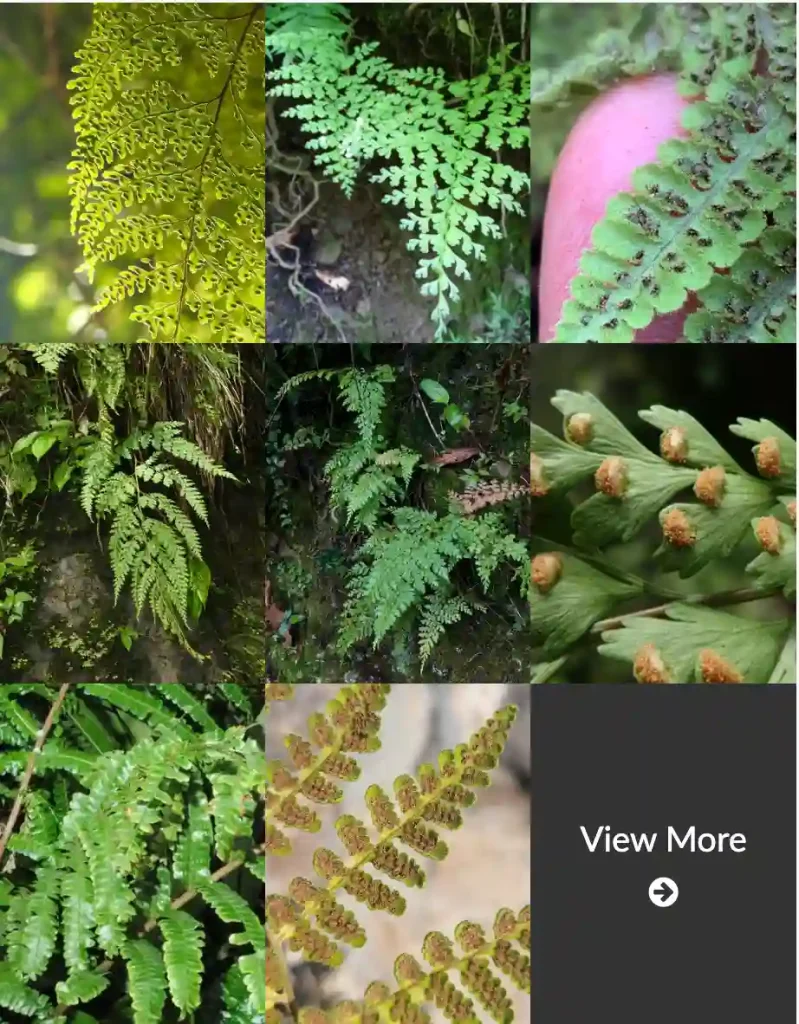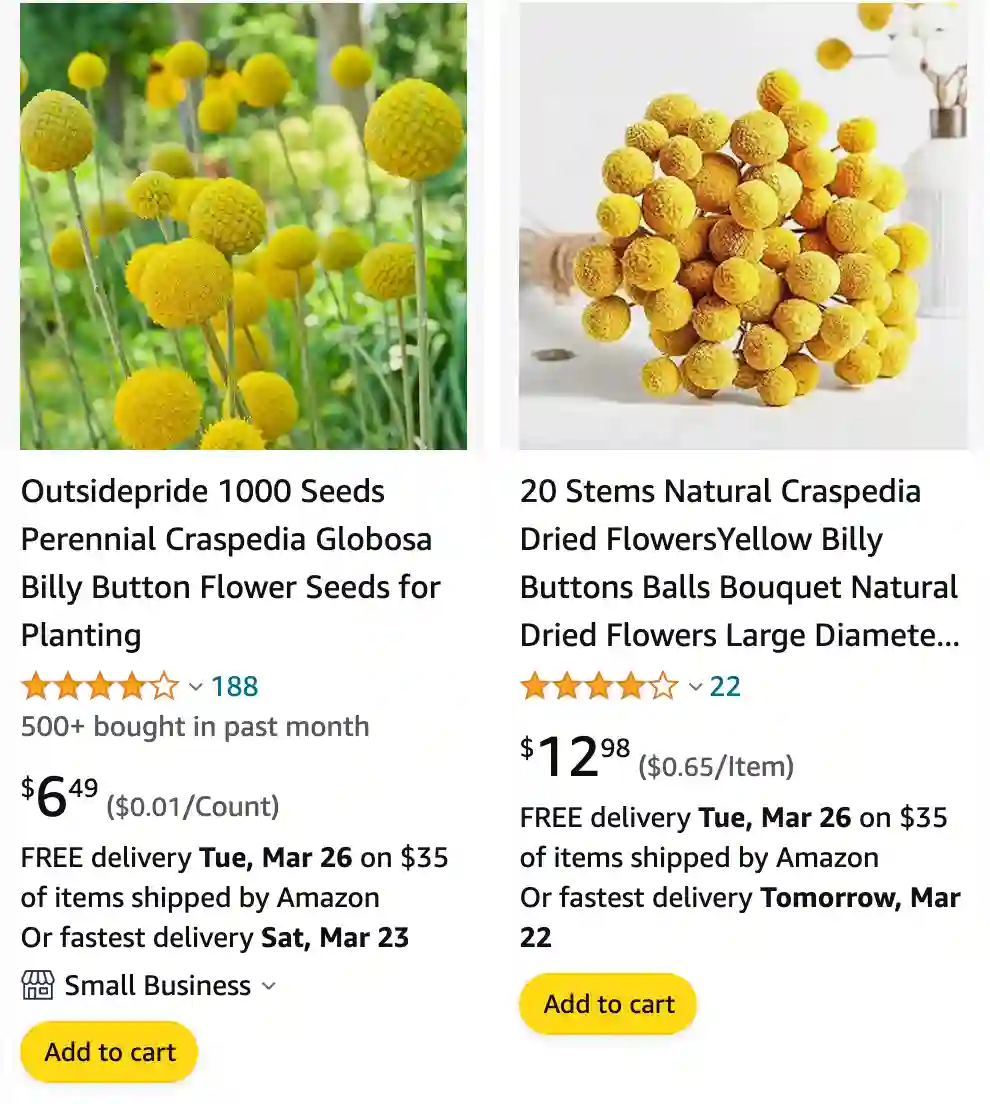
What is craspedia?
Craspedia, also known as Billy buttons, are unique, round, yellow flowers that add a cheerful pop to any floral arrangement. I learned about them when I was searching for distinctive blooms for my sister’s wedding bouquet, and they became an instant favorite. They have a quirky charm that’s hard to resist.
Are craspedia toxic to cats?
As far as I know, Craspedia isn’t toxic to cats, which is a relief because I have a mischievous feline companion who likes to investigate everything I bring into the house. Whenever I have Craspedia around, I make sure to keep them out of her reach just to be safe, but it’s reassuring to know that they’re not harmful to her.
Is craspedia poisonous to dogs?
When it comes to dogs, Craspedia is also not poisonous, which is great news for pet owners like me who have both cats and dogs. I always try to keep an eye on my pup when she’s sniffing around new plants, but knowing that Craspedia won’t harm her gives me peace of mind.
Can you dry craspedia?
Drying Craspedia is possible, and it’s actually a fantastic way to preserve their unique beauty. I’ve dried Craspedia before to use in crafts and decorations, and they maintain their shape and color remarkably well. Simply hang them upside down in a well-ventilated area until they’re completely dry, and they’ll last for a long time.
How to grow craspedia?
Growing Craspedia is relatively straightforward, although it does require some patience. I’ve found that they prefer well-draining soil and plenty of sunlight. Starting them from seed can take a bit of time, but once they establish themselves, they’re fairly low-maintenance plants.
Is craspedia a perennial?
Craspedia is indeed a perennial, which means they’ll come back year after year with the right care. I love having perennials in my garden because they provide a sense of continuity and familiarity as the seasons change.
Does craspedia need light to germinate?
In my experience, Craspedia seeds do need light to germinate, so I always make sure to lightly press them into the soil rather than burying them too deeply. I’ve had the best success starting them indoors under grow lights before transplanting them outside.
When to harvest craspedia?
Harvesting Craspedia is best done when the flowers are fully mature but before they start to shed their seeds. I usually wait until the blooms are bright yellow and firm to the touch before cutting them for arrangements or drying.
Where to buy craspedia?
I’ve found that the best places to buy Craspedia are local nurseries or online specialty plant shops. Sometimes, they can be a bit tricky to find, so it’s worth calling around to see if any nearby stores carry them.
Are craspedia and gumphernia related?
To the best of my knowledge, Craspedia and Gomphrena are not related. While they might look similar at first glance, they belong to different plant families and have distinct characteristics.
Can you grow craspedia in pots?
Growing Craspedia in pots is definitely doable, especially if you’re short on garden space. Just make sure to use a well-draining potting mix and give them plenty of sunlight. I’ve had success growing them in containers on my patio.
Do craspedia need water?
Like most plants, Craspedia do need water to thrive, but they’re fairly drought-tolerant once established. I usually water them when the soil feels dry to the touch, but I try not to overwater to avoid root rot.
Do deer eat craspedia?
In my experience, deer typically leave Craspedia alone. I have a lot of deer in my area, and they tend to prefer munching on my other garden plants rather than bothering my Craspedia.
Does craspedia self seed?
Craspedia can self-seed under the right conditions, but I’ve found that they’re not overly aggressive spreaders. I’ve had a few volunteer seedlings pop up in my garden, but they’re easy to control and remove if needed.
If i die, water my plants!
